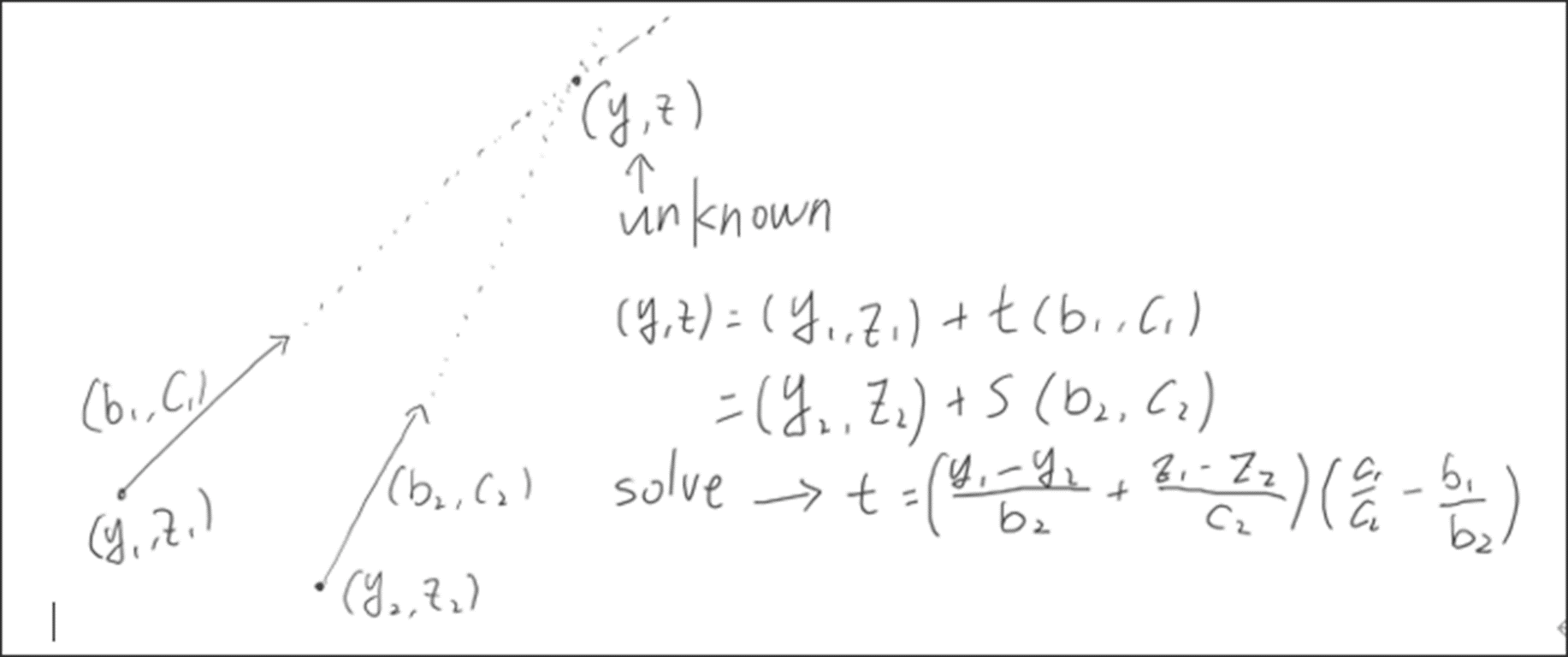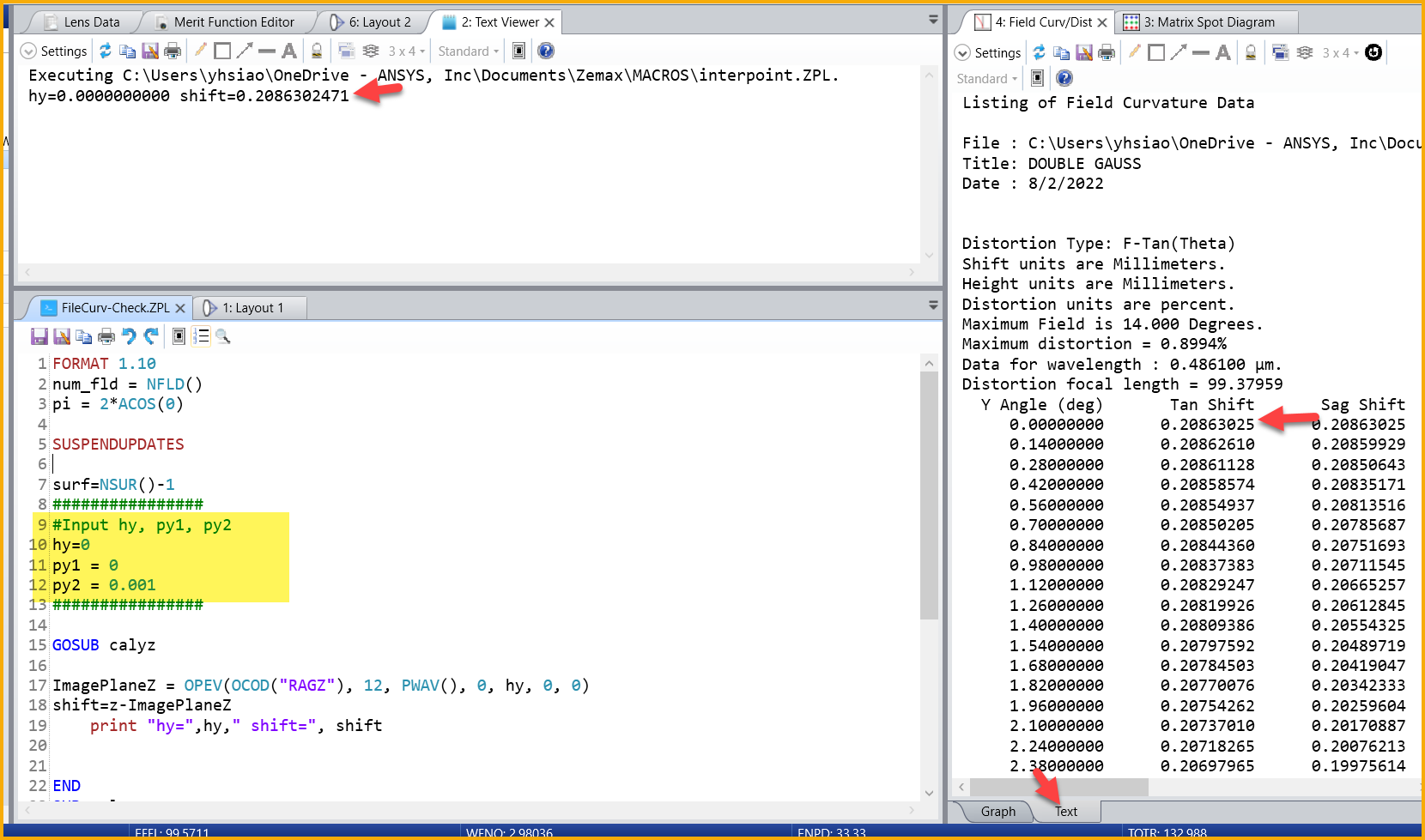It’s mentioned in the help that the field curvature plot shows the distance from the image surface to the paraxial image surface as a function of field coordinate. Is this a result of paraxial ray tracing?
How does the field curvature and distortion calculate the tan and sag value
Best answer by yuan.chen
This is translated from Yihua’s post in Japanese.
像面湾曲の値はどのように計算しているのでしょうか。 | Zemax Community
For each sample point in the field, OpticStudio determines the Z coordinate of the paraxial focal plane based on a parabasal ray trace in the X and Y directions (for sagittal and tangential), and then compares this to the Z coordinate of the system image surface. The tangential data are the distances measured along the Z-axis from the image surface to the paraxial image surface measured in the tangential (YZ) plane. The sagittal data are the distances measured in the plane orthogonal to the tangential plane. The base of the plot is on axis, and the top of the plot represents the maximum field (angle or height).
Below is an article about the paraxial ray tracing.
Understanding paraxial ray tracing – Knowledgebase (zemax.com)
The paraxial image position is the global coordinate of the intersection of these two rays.
Ray 1:(Hx, Hy, Px, Py) = ( □, □, 0 ,0)
Ray 2:(Hx, Hy, Px, Py) = ( □, □, 0 ,0.001)
(□:ray from arbitrary field)
To verify this, Yihua made a macro:
- Knowing the coordinate (Y,Z) and direction cosine b and c (Y cosine and Z cosine), then the coordinate of the intersection can be calculated by:
The Y, Z coordinates can be obtained by the coordinate from the surface which is before the image surface.

- The macro can be found in the original post. With the sample file provided in the attachment. We have the same value in the analysis plot as the one calculated by the macro.
-

The FCGS and FCGT follow the same principle.
Enter your E-mail address. We'll send you an e-mail with instructions to reset your password.




